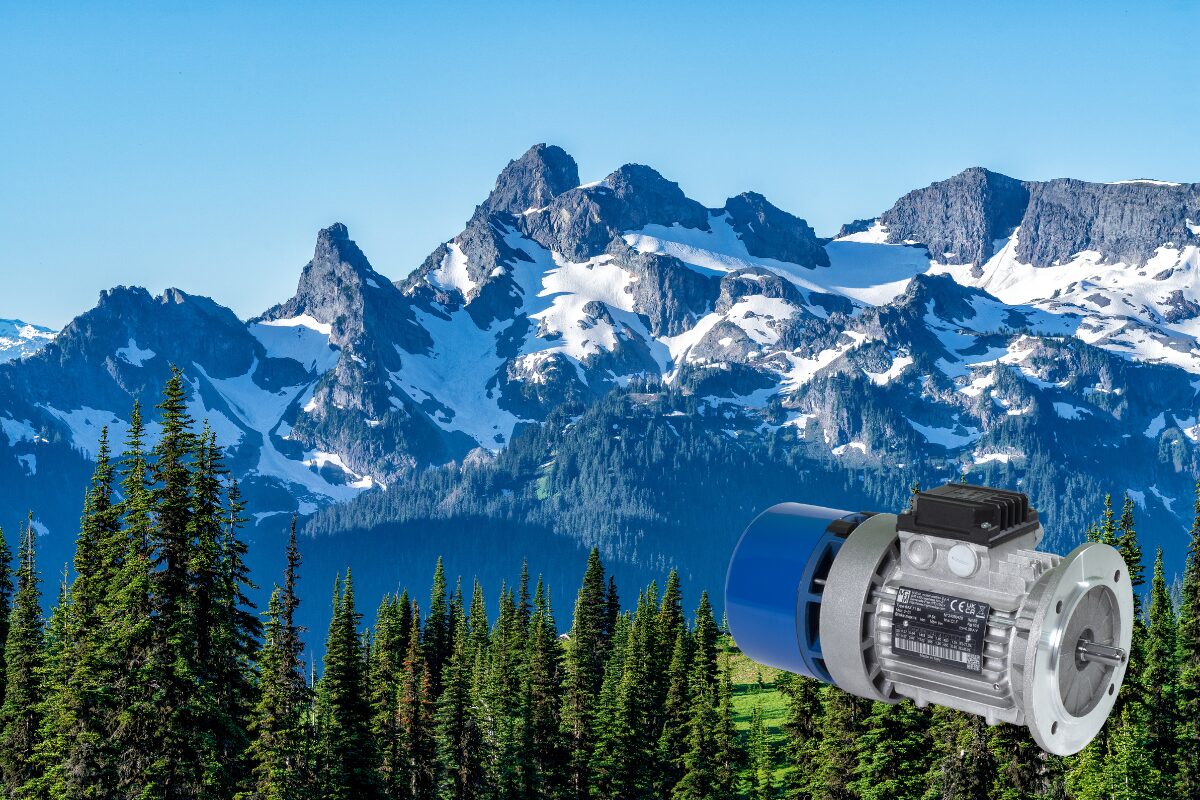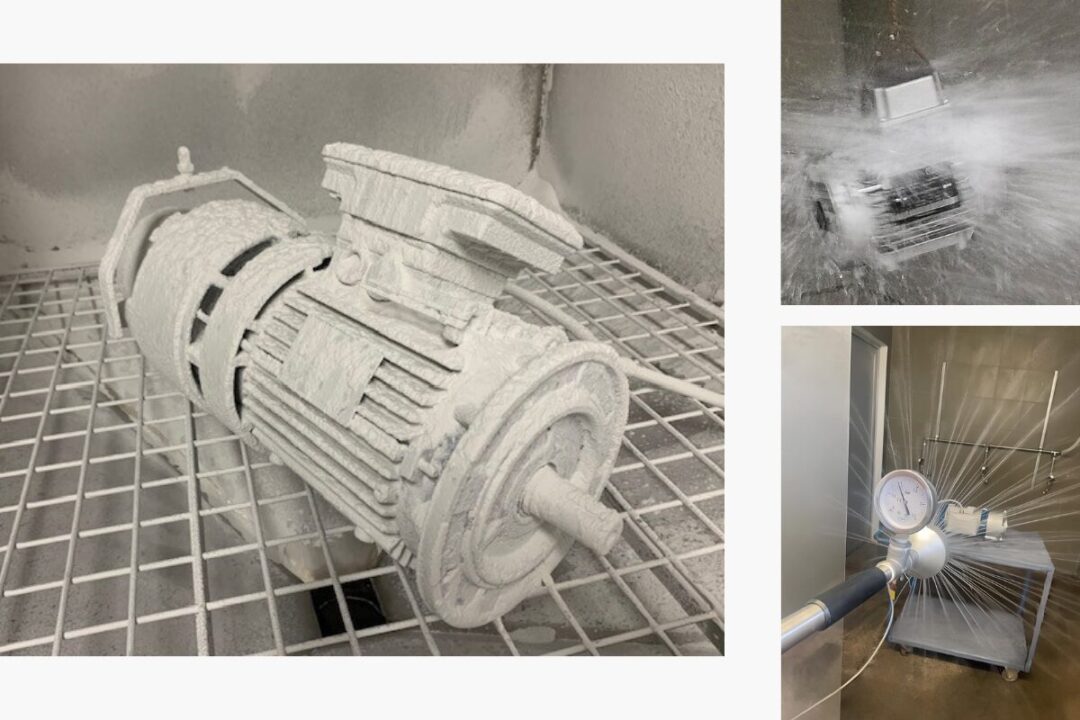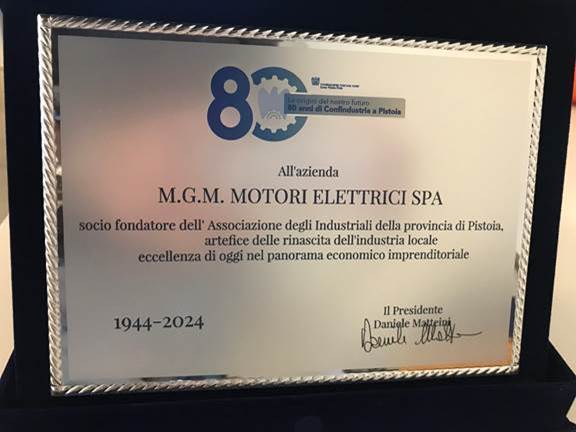The electrical characteristics of the motors listed on the nameplate refer to continuous duty (S1) operation with nominal voltage and frequency, ambient temperature below 40°C, and installation at altitudes below 1000 meters above sea level.
If the motor is used in an environment with ambient temperatures above 40°C, due to the reduced cooling capacity of the air, the motor cannot provide the nominal power but instead operates at lower powers. The table below provides the maximum power output as a function of the ambient temperature.
| Power output as a % of the P nom. | 100 | 96,5 | 93 | 90 | 86,5 |
| Ambient temperature (°C) | 40 | 45 | 50 | 55 | 60 |
In the case where the motor is intended to be used in hot environments, it is advisable to use a motor with higher power compared to one used at temperatures below 40°C, for example, switching from a 0.75 kW motor to a 1.1 kW motor. An alternative solution is to use a motor with windings of a higher insulation class, for example, switching from class F to class H. The first solution is often preferred.
In the case where the motor is used at altitudes higher than 1000 meters, due to the reduced cooling capacity caused by the decrease in air density, the motor cannot provide the nominal power but instead operates at lower powers. The higher the altitude, the more the nominal power decreases. The table below provides the maximum power output as a function of installation altitude.
| Power output as a % of the P nom. | 100 | 97 | 94,5 | 92 | 89 | 86,5 | 83,5 |
| Altitude above sea level (m) | 1000 | 1500 | 2000 | 2500 | 3000 | 3500 | 4000 |
It is rare to need to size a motor intended to be used above 1500 meters of altitude. In the event that this must be done, excluding cases where the low ambient temperature compensates for the reduced cooling capacity due to the decrease in air density, the usual solution is to use a motor with higher power than the one used up to 1000 meters in altitude. The oversizing can be determined from the table above.


 Mon - Fri 8:00 - 17:00
Mon - Fri 8:00 - 17:00






